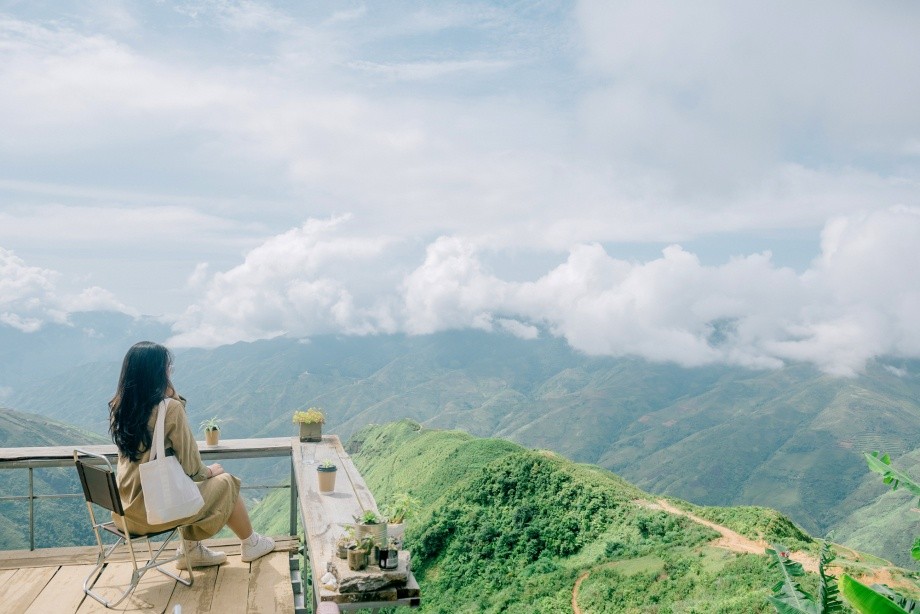Top 10 Non-Boring Butt Exercises To Help Shape Your Body
Strong glute muscles are key to both strength training performance and injury prevention, which makes butt exercises a super important addition to your workout routine.
To achieve your best possible butt, you’re better off mixing things up. Train…with about 10 different glute exercises that isolate the muscles by working them from various angles.
What are your glute muscles?
The gluteal muscles, often called glutes are a group of three muscles which make up the gluteal region commonly known as the buttocks: the gluteus maximus, gluteus medius and gluteus minimus. The three muscles originate from the ilium and sacrum and insert on the femur. The functions of the muscles include extension, abduction, external rotation, and internal rotation of the hip joint.
The gluteus maximus is the largest and most superficial of the three gluteal muscles. It makes up a large part of the shape and appearance of the hips. It is a narrow and thick fleshy mass of a quadrilateral shape, and forms the prominence of the buttocks. The gluteus medius is a broad, thick, radiating muscle, situated on the outer surface of the pelvis. It lies profound to the gluteus maximus and its posterior third is covered by the gluteus maximus, its anterior two-thirds by the gluteal aponeurosis, which separates it from the superficial fascia and skin. The gluteus minimus is the smallest of the three gluteal muscles and is situated immediately beneath the gluteus medius.
The bulk of the gluteal muscle mass contributes only partially to shape of the buttocks. The other major contributing factor is that of the panniculus adiposus of the buttocks, which is very well developed in this area, and gives the buttock its characteristic rounded shape. The gluteal muscle bulk and tone can be improved with exercise. However, it is predominantly the disposition of the overlying panniculus adiposus which may cause sagging in this region of the body. Exercise in general (not only of the gluteal muscles but of the body in general) which can contribute to fat loss can lead to reduction of mass in subcutaneal fat storage locations on the body which includes the panniculus, so for leaner and more active individuals, the glutes will more predominantly contribute to the shape than someone less active with a fattier composition. The degree of body fat stored in various locations such as the panniculus is dictated by genetic and hormonal profiles.
10 best exercises to build butt muscles
1. Glute Bridge
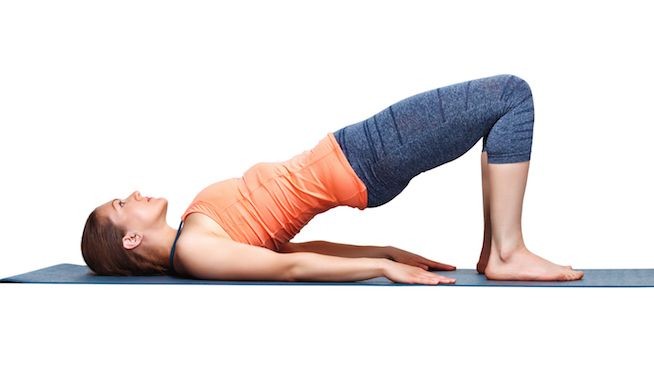 |
| Photo: Visit Quest Coaching |
Spending all day sitting behind a desk is a surefire shortcut to weak glutes and lower back problems. The impulse is often to sit too far forward, which causes your hip flexors to become tight and also results in the glutes effectively switching off. Activating them as part of your training programme does wonders not only for your physique but for your structural health.
1.Lie face up on the floor, with your knees bent and feet flat on the ground. Keep your arms at your side with your palms down.
2.Lift your hips off the ground until your knees, hips and shoulders form a straight line. Squeeze those glutes hard and keep your abs drawn in so you don’t overextend your back during the exercise.
3.Hold your bridged position for a couple of seconds before easing back down.
Aim for two sets of ten bridges, two to three times a week, either as part of a wider bodyweight workout or on their own, if all you really care about is your derrière.
You should feel the burn in your glutes and your hamstrings if you’re doing it correctly. The bridge is also great for improving hip mobility and strengthening your lower back, two things that any desk-bound worker can really benefit from.
2. Single-Leg Glute Bridge
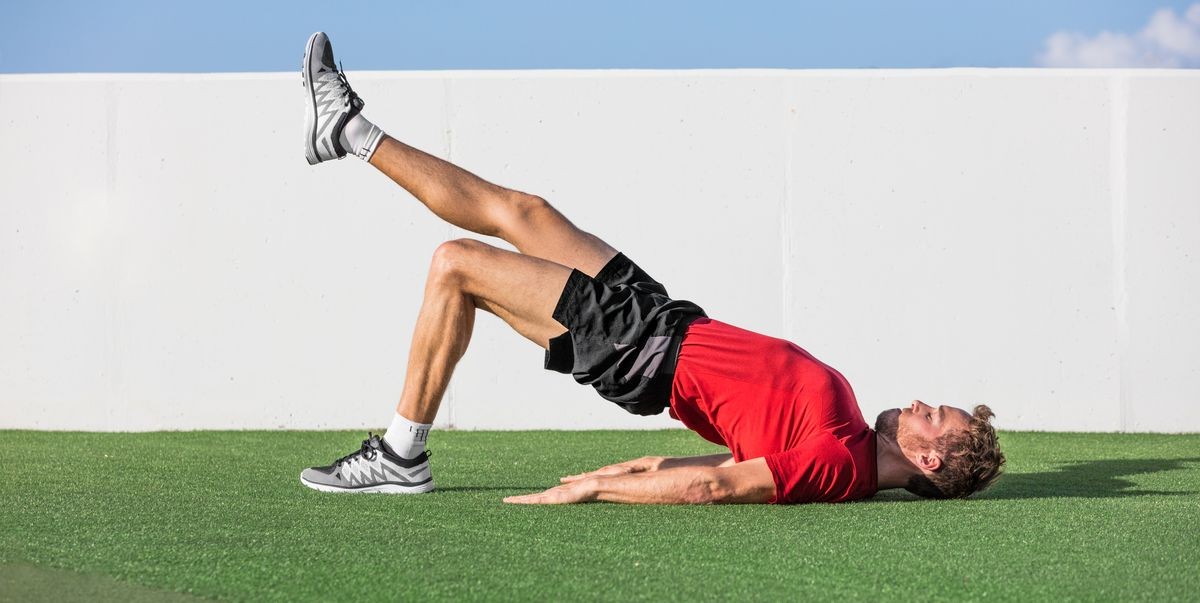 |
| Photo: Men's Health |
How to: Lie on your back with knees bent, feet shoulder-width apart and 12–16 inches from glutes. Lift your right leg so it's straight up in the air at hip height with your foot flexed. Keeping your upper back on the floor, engage your glutes, drive through your left heel, and raise your hips off the ground until your knee, hips, and shoulders form a straight line. Keep your core engaged the entire time. Pause at the top, squeezing your glutes for one to two seconds. Then lower back down to the start. Complete all your reps, then switch legs.
Reps/sets for best results: Without weight, aim for three sets of 15 to 20 reps. If adding weight, lower that to 12 reps. Rest for 30 seconds between each set.
Form tips: Be sure to fully extend your hips at the top of the movement, and that you’re driving from the heels and hips, not from the legs, Johns says. Also, it's important to note that the clench and pause at the top of this movement are crucial for full muscle fiber engagement.
3. Barbell Hip Thrust
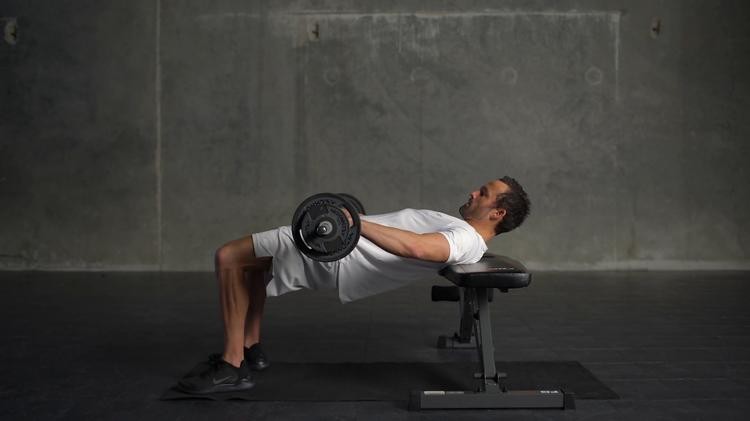 |
| Photo: Gymborg |
“These target both the upper and lower glutes simultaneously, and the load doesn’t travel through the spine axially. Because of this, someone who is relatively new to training can increase load pretty quickly.” —Jake Harcoff, CSCS, kinesiologist and trainer at AIM Athletic
- Sit on the floor with your back to a bench. Bend your knees and place your feet flat on the ground, hip-distance apart. Rest your upper back on the edge of the bench and slowly lift or slide the bar over your legs and rest it in the crease of your hips. The plates (if you are using them) should be resting on the floor.
- Drive through your heels to lift your hips up toward the ceiling, keeping your upper back in place on the bench.
- Pause and squeeze your glutes at the top.
- In a slow and controlled motion, lower your butt back toward the ground. This is 1 rep.
4. Hydrants With Leg Extension
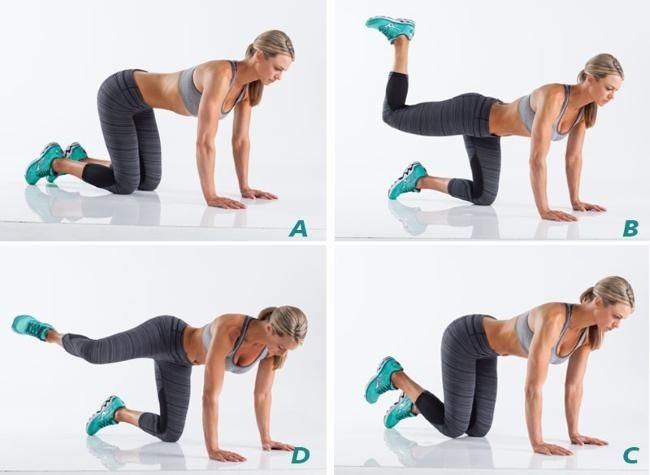 |
| Photo: Pinterest |
To get the most out of fire hydrants, it’s important to use the right form and technique. You can follow this video to learn how to do them.
Since the fire hydrant is a bodyweight exercise, you don’t need special equipment. You’ll only need a mat.
1.Start on your hands and knees. Place your shoulders above your hands and your hips above your knees. Tighten your core and look down.
2.Lift your left leg away from your body at a 45-degree angle. Keep your knee at 90 degrees.
3.Lower your leg to starting position to complete 1 rep.
4.Do 3 sets of 10 reps. Repeat with the other leg.
The fire hydrant is an excellent exercise for strengthening your gluteus maximus. Some variations also work the abdominal muscles, toning and strengthening your core.
As the biggest muscle in your pelvis and hip region, your glutes control three major hip movements. These include:
Hip extension. Hip extension moves your thigh back and away from your pelvis. It lets you walk and go up stairs.
Hip external rotation. This happens when your leg rotates outward. You use hip external rotation to get out of a car.
Hip abduction. Hip abduction lifts your leg away from the center of your body, which lets you step to the side.
The fire hydrant involves all three movements, so it’s a great glute exercise. It can help your glutes look more toned and sculpted. Having strong glutes also improves your posture, lowers your risk of injury, and reduces back and knee pain.
5. Reverse Lunge
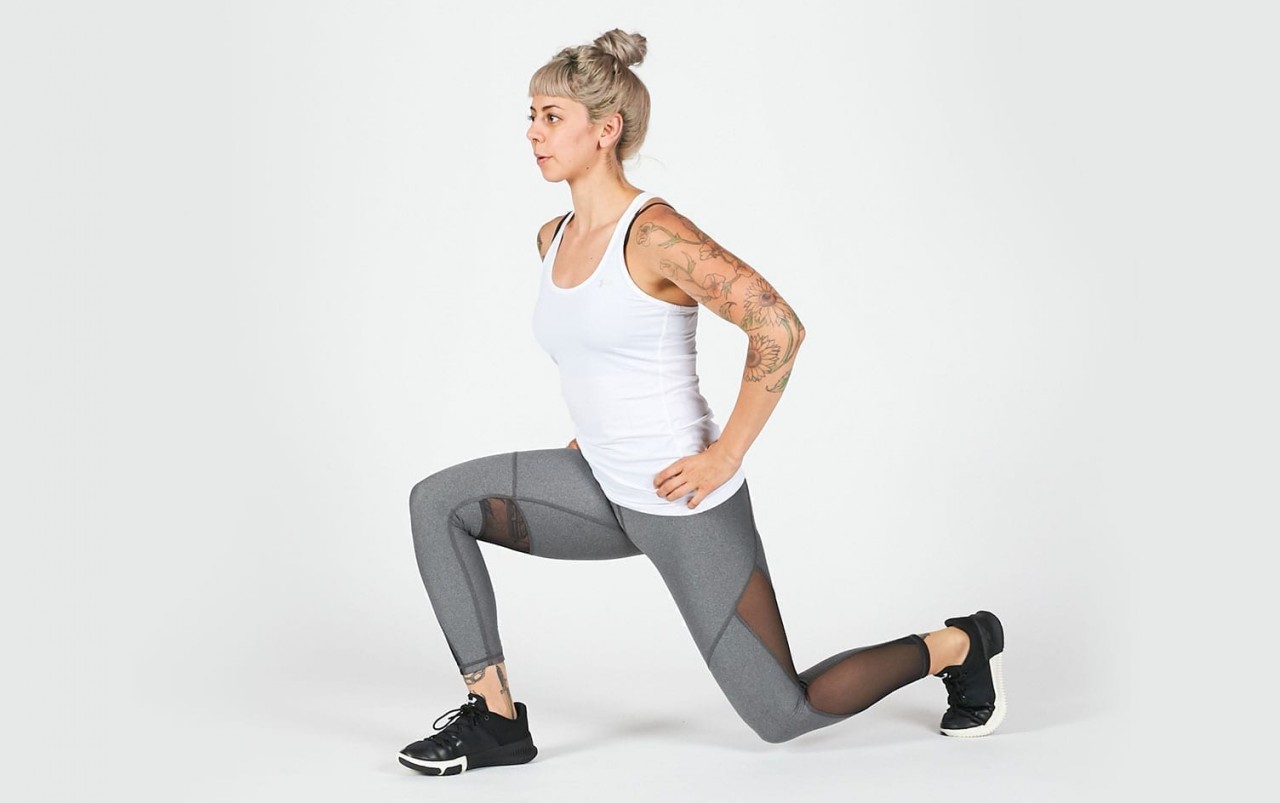 |
| Photo: MyFitnessPal Blog |
“A comprehensive glute routine should entail movement in three force vectors: vertical, horizontal, and lateral, in order to effectively target all gluteal muscles. A reverse lunge gives you horizontal power, and shifts the center of gravity so the front leg and glutes have to work much harder to bring you back to a standing position.” —Dane Miklaus, CSCS, founder of WORK
- Stand with your feet shoulder-width apart. Hold your hands together in front of your chest (as pictured) or rest them on your hips. This is the starting position.
- Lift your right foot and step back about 2 feet, landing on the ball of your foot and keeping your heel off the floor. Bend both knees until your left quad and right shin are approximately parallel to the floor. Your torso should lean slightly forward so your back is flat and not arched or rounded. Your left knee should be above your left foot and your butt and core should be engaged.
- Push through the heel of your left foot to return to the starting position. That’s 1 rep.
- Do all your reps on one side, then repeat with the other leg. You can also alternate legs if you prefer.
6. Single-Leg Deadlift
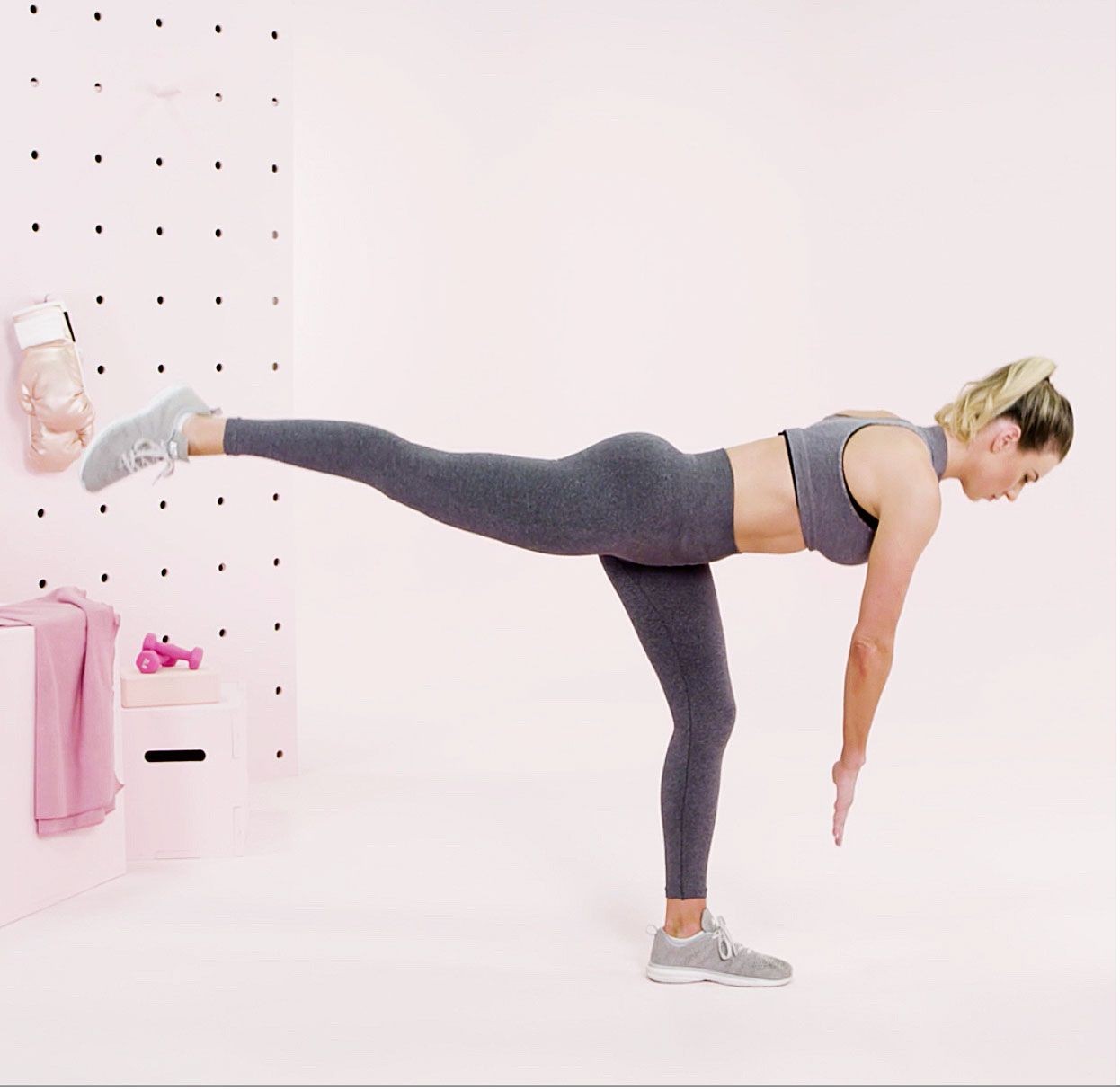 |
| Photo: Women's Health |
A Single Leg Deadlift is a hip-hinge movement that strengthens the back, core and legs. This variation of a traditional deadlift involves one leg lifting off the ground and extending out behind you. The more complex movement works even more core muscles as well as the standing leg, which help to improve balance.
- Step 1
Begin standing with your feet hip-width apart and parallel. Hold a kettlebell, a barbell or two dumbbells in your hands down in front of you.
- Step 2
Lean forward in your hips, shifting your weight onto one leg while your other leg engages and starts to extend straight behind you.
- Step 3
Lift your extended leg and pitch your body forward until your body forms a “T” shape. Your arms should be hanging straight down, holding onto the weight. Keep a slight bend in your standing leg. Slowly bring in your extended leg and return to starting position. Repeat with the other leg.
7. Rainbow Leg Lift
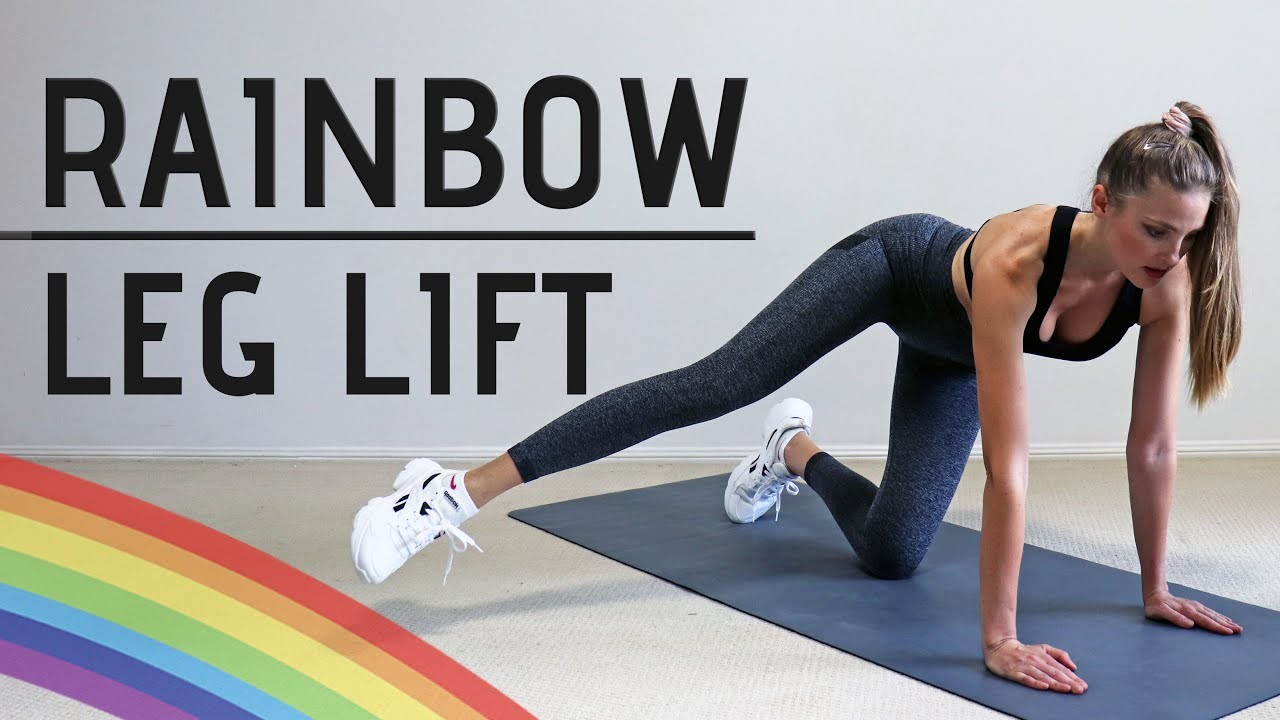 |
| Photo: YanaFit |
- Step 1: Get down on your hands and feet.
- Step 2: Raise butt up so that your legs are straight with feet on the floor.
- Step 3: Raise your left leg up and out to the side of your body so that your toe touches the floor.
- Step 4: Raise your leg up as high as possible while forming an arc and bring it over your other leg and touch the ground with your toes.
- Step 5: This completes one rep. Repeat as necessary.
Perfecting Your Form
As usual, do this one slow and controlled to get the most out of it! Really use your mind to squeeze your glutes the entire time, and get them working.
Try to keep your torso as still as possible, so that only your working leg is moving during the exercise.
You absolutely must keep your core muscles tight and keep that stomach sucked in and not sagging. Remember, don’t let your back arch, as this will take away the effort from your glute muscles (which we don’t want!)
Try to make your rainbow arcs higher to really feel this one in the butt.
8. Curtsy Lunges
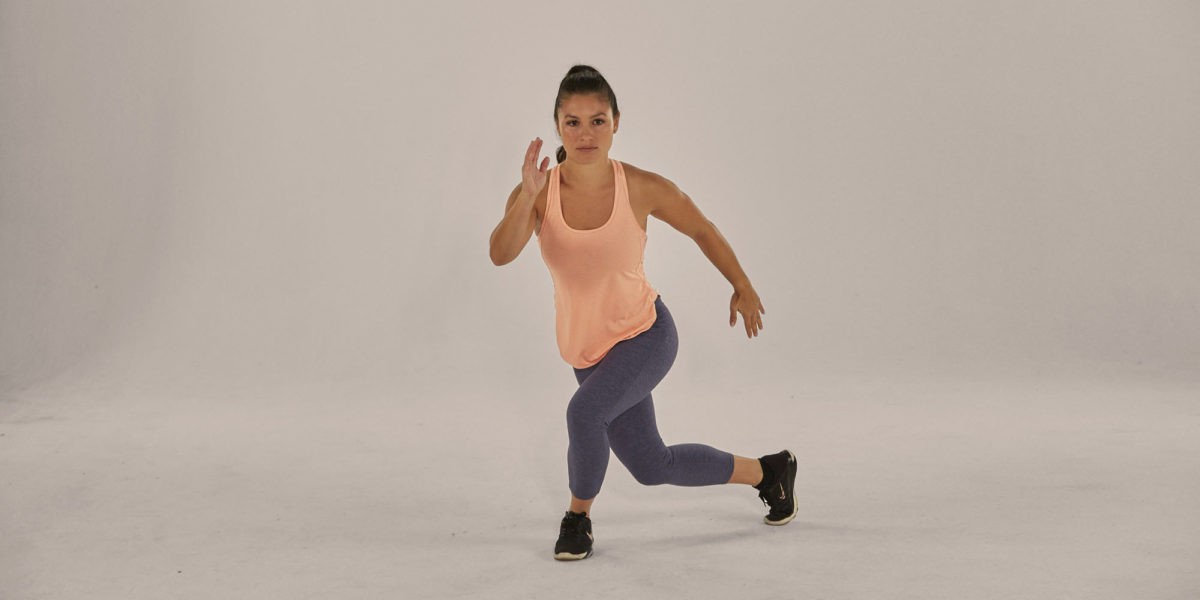 |
| Photo: Openfit |
The Curtsy Lunge is a great exercise to stabilize your hips. The movement is a variant of a standard lunge, but you hold your lower body in the position of a curtsy for additional glute strengthening.
- Step 1
Stand with your feet hip-distance apart and let your arms fall at your sides.
- Step 2
Draw a semicircle with your right foot, moving it clockwise until it crosses behind your left foot. Keep your right toe tucked and clasp your hands together at your heart.
- Step 3
Lunge down as deeply as possible, hovering your knee a couple of inches off the floor.
- Step 4
Slowly return to the standing curtsy position.
9. Squat to Standing Crunch
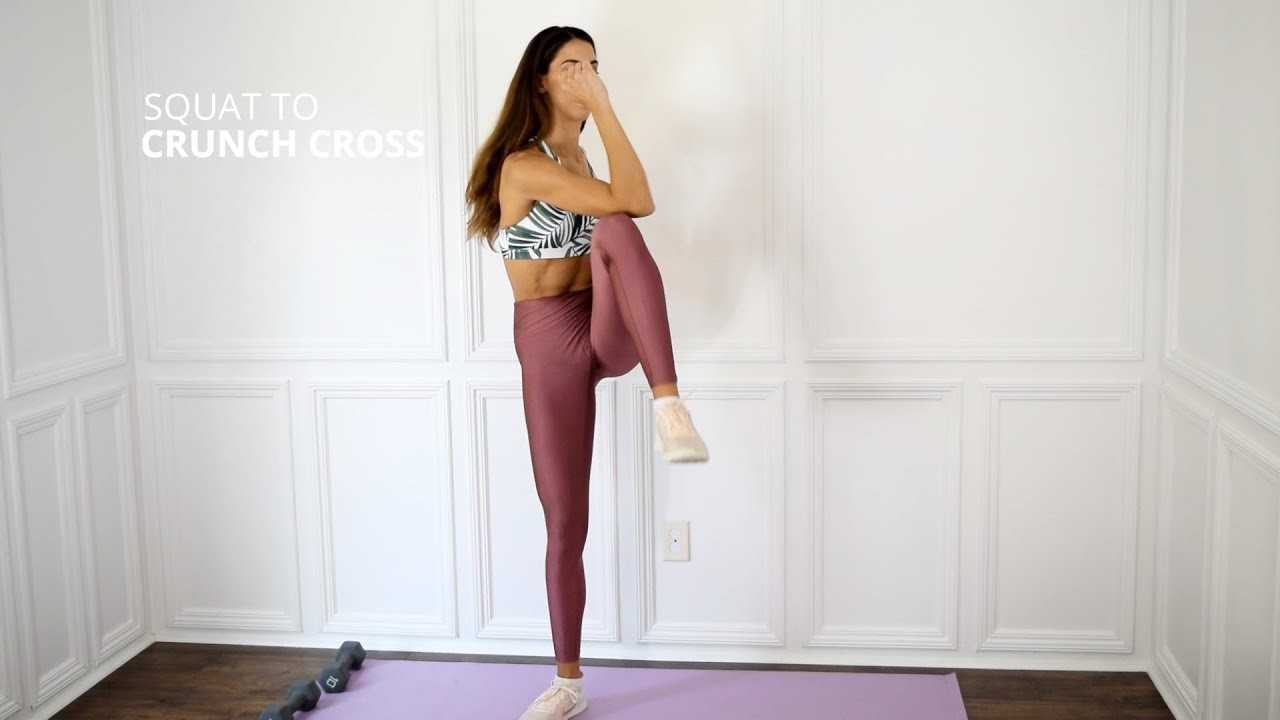 |
| Photo: Nicole Nahed |
“These are great for your obliques, but they also fire up your glutes because they engage as a way to keep you stabilized and balanced. They also improve mobility in your hip flexors.” —Ashley Kelly, CPT, trainer, Olympic sprinter, and founder of AKTIV Fitness
- Start with your feet hip-width apart, core engaged, and hands held in a prayer or fist at chest height.
- Do a squat by hinging at the hips, sending your hips back, and bending both knees until thighs are parallel to the floor.
- As you stand, lift your right knee and twist to tap it to your left elbow—a standing twisting crunch.
- Place your right foot back on the floor and immediately drop into another squat.
- Next time as you stand, bring your left knee up and tap it to your right elbow—doing a twisting crunch on the other side.
- Continue to repeat, alternating sides.
10. Bulgarian Split Squat
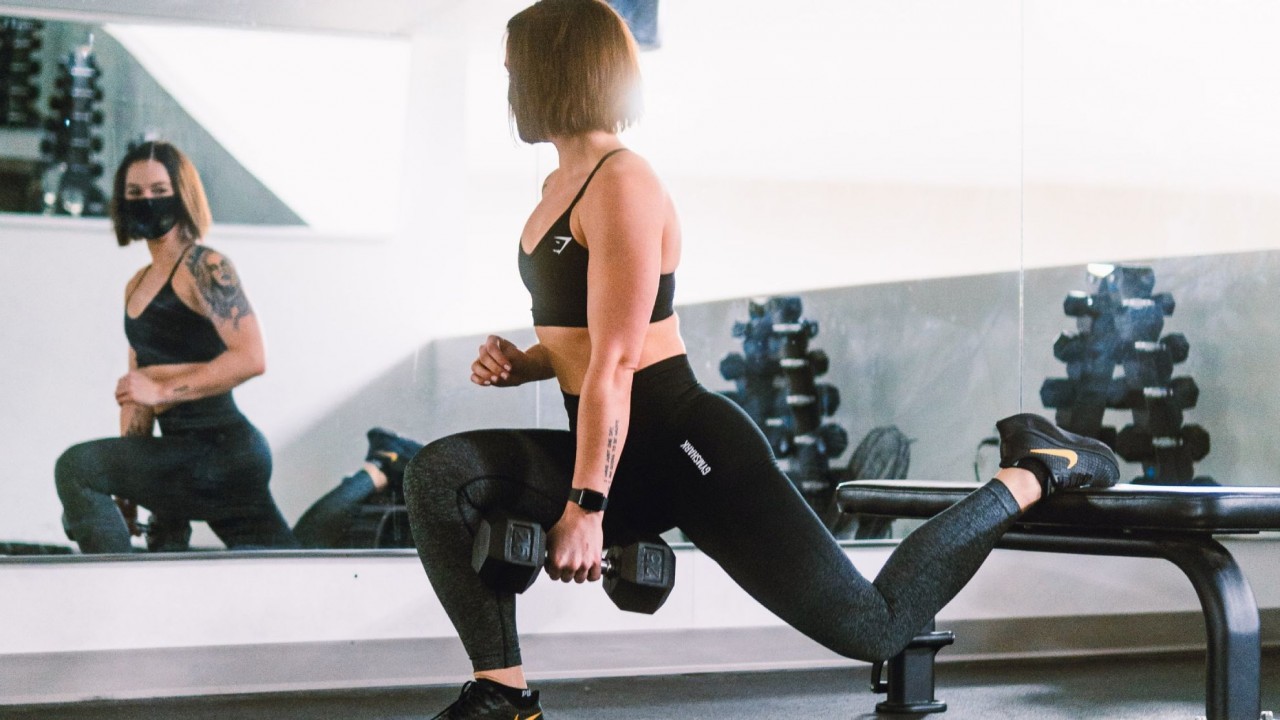 |
| Photo: MARCA |
“I like how the split position here isolates the glute, and is easier to keep an upright torso. This is also a good option for people with mobility or lower back issues. You can scale this up by holding dumbbells, a medicine ball, or a sandbag.” —Aaron Leventhal, CSCS, founder of Fit Studios
- Stand with your back to your bench. With your left foot on the floor a few feet in front of the bench, place the top of your right foot on the bench, shoelaces down.
- Place your hands behind your head and engage your core.
- Bend your knees to lower down into a split squat. Your left knee should ideally form a 90-degree angle so that your thigh is parallel to the ground, and your right knee is hovering above the floor. (Quick position check: your left foot should be stepped out far enough that you can do this without letting your left knee go past your left toes—if you can’t, hop your left foot out a bit farther away from the bench.)
- Driving through your left heel, stand back up to starting position.
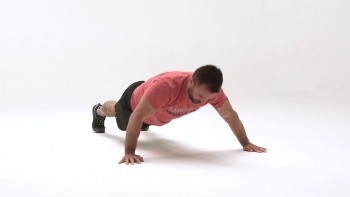 | Top 6 Wonderful Exercises to Get a Summer Body With summer coming, it is necessary for you to exercise and slowly get in shape for your bikini body to enjoy a lovely time on ... |
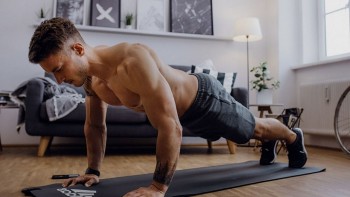 | Exercises to Stay in Shape And Healthy While Traveling Exercising is an important part of our daily life, and it is totally possible to do your regular physical exercise while traveling around. Below are ... |
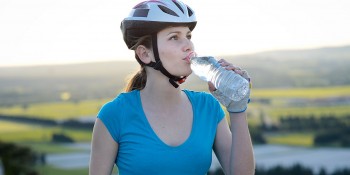 | Post Covid-19 Physical Exercises: How To Exercise To Improve Your Health Exercise might be tough after being sick, especially in the Covid-19 case. Here is how you can exercise and improve your health for recovery. |
Recommended
 Handbook
Handbook
Vietnam Moves Up 8 Places In World Happiness Index
 Handbook
Handbook
Travelling Vietnam Through French Artist's Children Book
 Multimedia
Multimedia
Vietnamese Turmeric Fish among Best Asian Dishes: TasteAtlas
 Handbook
Handbook
From Lost to Found: German Tourist Thanks Vietnamese Police for Returning His Bag
Popular article
 Handbook
Handbook
Prediction and Resolution for the Disasters of Humanity
 Handbook
Handbook
16 French Films To Be Shown For Free During Tet Holiday In Vietnam
 Handbook
Handbook
Unique Cultural and Religious Activities to Welcome Year of the Snake
 Handbook
Handbook





